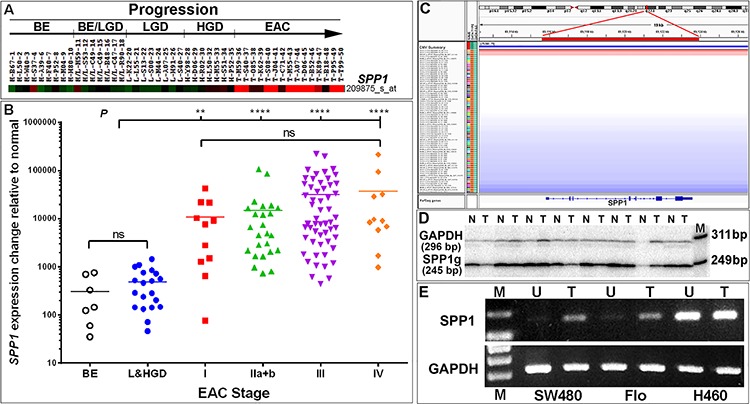Figure 1. Transcriptional upregulation of SPP1/OPN is a frequent event in EAC patients.

A. An SPP1-specific heatmap indicating highly overexpressed (red) SPP1 in EAC (n = 15) as compared with Barrett's esophageal metaplasia (BE) (n = 9), BE and low grade dysplasia (BE/LGD) (n = 7), LGD (n = 8) and high grade dysplasia (HGD) (n = 7, green or black) using Affymetrix U133A arrays. B. Overexpression of SPP1/OPN was validated in a cohort of 107 EACs using real-time RT-PCR analysis (Figure S1B–S1C). Significant elevated expression of SPP1/OPN is found in all stages of EAC as compared to premalignant Barrett's metaplasia and dysplasia samples. There was a trend towards increasing expression of SPP1/OPN from early to advanced stage EAC; however, the change was not statistically significant (ns, not significant, **P < 0.01, ****P < 0.0001). C–D. Up-regulation of SPP1/OPN is not due to SPP1/OPN gene gain or amplification as assayed using SNP arrays in 73 primary EACs (red: DNA copy number gain; blue: DNA copy number loss; gray: DNA copy number unchanged) (C). SNP analysis of the chromosomal 4q22.1 region encompassing the SPP1/OPN gene in 73 EACs was visualized using Integrative Genomics Viewer (IGV) software (http://www.broadinstitute.org/igv/). Unchanged copy number of the OPN locus was also confirmed by qPCR using single-tube co-amplification of SPP1 and GAPDH as an internal control end-labeled with [γ-32P]-ATP forward primers in 86 (including the 73 EACs analyzed in SNP arrays) paired normal-EAC samples. Matched pairs of normal-EAC qPCR products (244 bp) were resolved using 8% PAGE and a representative image shown (n, normal; t, tumor; M, loading marker with 311- and 249-bp bands shown) (D). E. OPN expression can be regulated via epigenetic modulation. Endogenous SPP1 levels were low in Flo and SW480 (colon carcinoma) cells but were highly abundant in H460 cells (large cell lung carcinoma) (see also Figure S2A). Cells were treated with 5-Aza-2′-deoxycytidine (decitabine) for 48 h, RNA was isolated and reverse-transcribed followed by RT-PCR using SPP1 exon 7–8-specific primers (Table S1). PCR products were resolved on 1% agarose gels (U, untreated; T, treated with decitabine).
